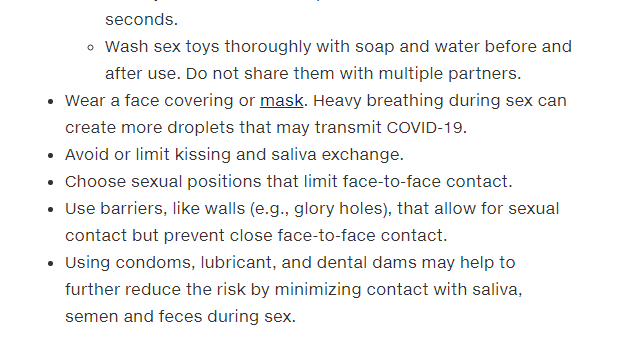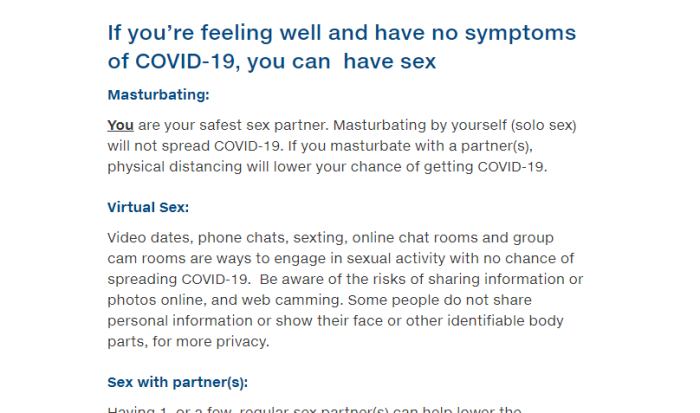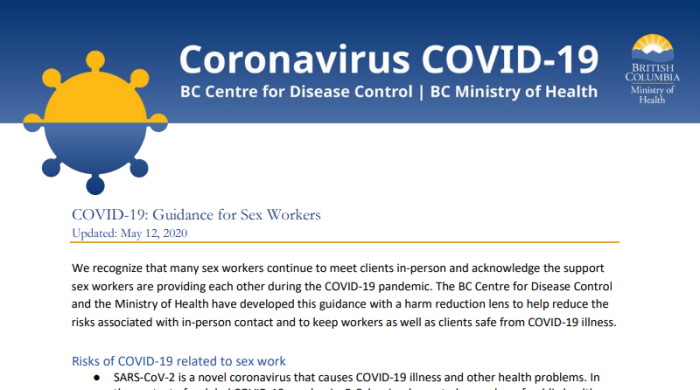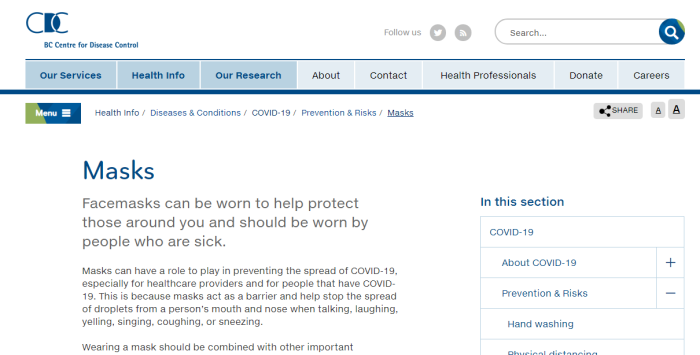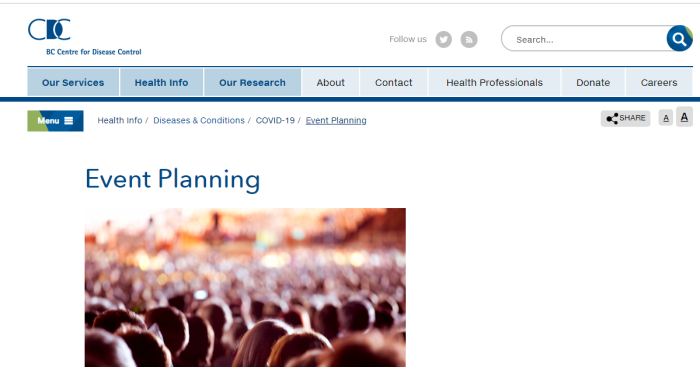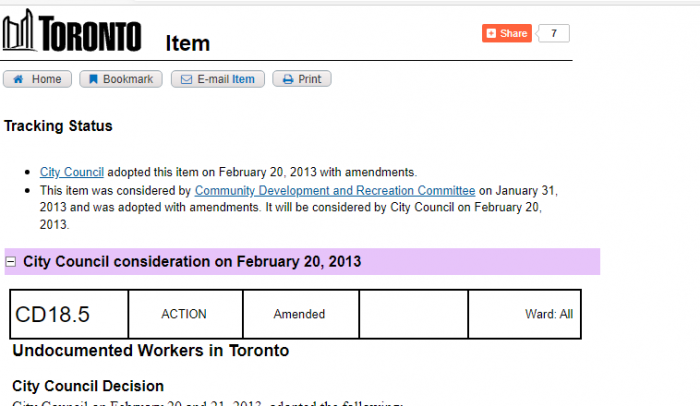
In 2013, brothers Doug Ford and Rob Ford voted to officially make Toronto a sanctuary city. This allows people in the city, (but without a legal right to be in Canada), to continue to access social services. It also makes deportations harder to implement, and furthers balkanization of Toronto. However, there is another consequence of doing this: making human trafficking, smuggling, & child exploitation easier.
1. Trafficking, Smuggling, Child Exploitation
There is a lot already covered in the TSCE series. Many of the laws politicians pass absolutely ensure this obscenity will continue. Also, take a look at the Border Security topic for some extra background, and the NGOs who are supporting open borders.
2. Important Links
(1) http://app.toronto.ca/tmmis/viewAgendaItemHistory.do?item=2013.CD18.5
(2) http://archive.is/ZDsHU
(3) http://app.toronto.ca/tmmis/viewAgendaItemHistory.do?item=2019.EC5.4
(4) http://archive.is/I5mkr
(5) https://www.toronto.ca/city-government/accountability-operations-customer-service/long-term-vision-plans-and-strategies/end-trafficking-to/
(6) http://archive.is/6LQv2
(7) https://www.immigrationreform.com/2018/01/17/sanctuary-jurisdictions-likely-turn-blind-eye-human-smuggling-slavery/
(8) https://torontosun.com/news/local-news/levy-refugees-flood-into-our-sanctuary-city
(9) https://www2.gov.bc.ca/gov/content/justice/criminal-justice/victims-of-crime/human-trafficking/human-trafficking-training/module-2/prevalence
(10) https://www2.gov.bc.ca/gov/content/justice/criminal-justice/victims-of-crime/human-trafficking/human-trafficking-training/module-2/rcmp-findings
(11) https://www2.gov.bc.ca/gov/content/justice/criminal-justice/victims-of-crime/human-trafficking/human-trafficking-training/module-2/international-sex-trafficking
3. Fords Vote To Create Sanctuary Toronto
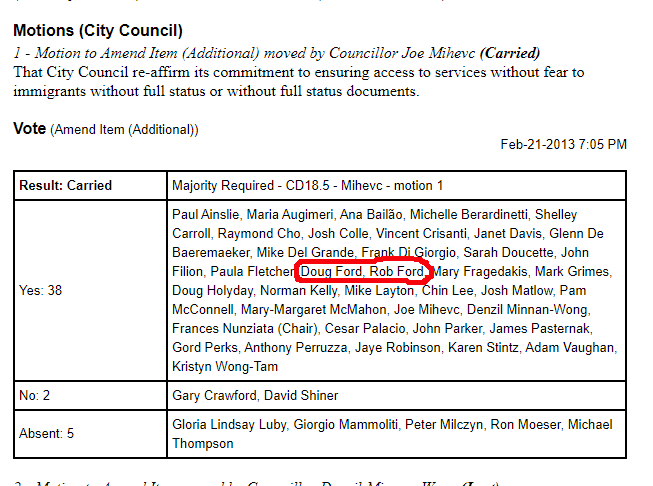
City Council Decision
City Council on February 20 and 21, 2013, adopted the following:
.
1. City Council re-affirm its commitment to ensuring access to services without fear to immigrants without full status or without full status documents.
2. City Council request the Executive Director, Social Development, Finance and Administration to conduct an internal review, with community consultation, of City Divisions, Agencies and Corporations, and to report to the Community Development and Recreation Committee in the 3rd quarter of 2013 on the following:
.
a. a review of opportunities to improve access without fear;
.
b. opportunities for City-funded agencies to improve access without fear;
.
c. providing training for front line staff and managers to ensure that undocumented residents can access services without fear; and
.
d. a complaints protocol and a public education strategy to inform Torontonians of the City’s policy.
3. City Council request the City Manager and the Executive Director, Social Development, Finance and Administration to report to the Community Development and Recreation Committee on current Federal and Provincial arrangements to deliver immigration and settlement programs in Ontario, and options for strengthening intergovernmental collaboration and partnerships with the City of Toronto.
4. City Council request the Federal government to establish a regularization program for undocumented residents, and that a letter be sent to the Government and Opposition parties to this end.
5. City Council request the Federal government to increase Provincial Nominee Program levels so that the Province can bring in workers with specific skills who have left Canada as undocumented workers with Canadian children, and that they be given priority processing by Canadian Citizenship and Immigration.
6. City Council request the Provincial government to review its policies for Provincially-funded services for undocumented residents with a view to ensuring access to health care, emergency services, community housing and supports for such residents within a social determinants of the health framework.
Here is what the final resolution actually says. Despite all attempts to make it sound compassionate and humanitarian in nature, this really is an “amnesty for illegals” piece oflegislation.
#1 is a commitment to fund services for illegal aliens.
#2(c) is to train workers that illegals have access to services.
#2(d) is to convince the public that this is somehow okay.
#4 is asking amnesty for illegal aliens.
#5 is asking the Federal Government to give priority to illegal aliens with anchor baby children in the citizenship line.
#6 is asking the Province of Ontario to review its current decision to NOT directly fund services for illegal aliens.
4. Fords Support Amnesty For Illegal Aliens
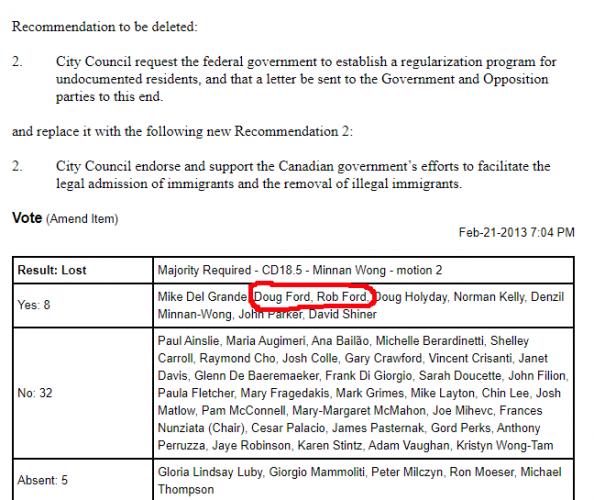
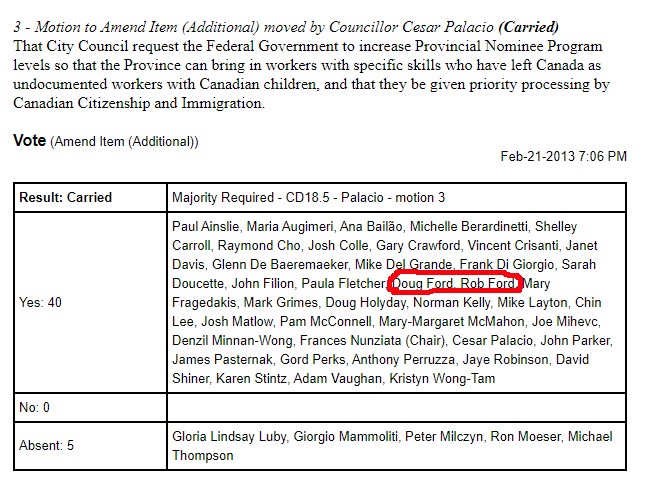
One has to marvel at the mental gymnastics the Ford Brothers engage in. They vote FOR creating a sanctuary city, which allows illegal aliens to receive free city benefits. They vote FOR illegals with anchor baby children going to the front of the line in a pathway to citizenship. However, they also vote to REMOVE illegals from Toronto, and push for legal immigration.
How does this work? Give illegals access to public services, then deport them, then bring them back to get expedited for a pathway to citizenship?
Possibly the vote on the amendment to deport illegals was just an attempt to pander to constituents who hadn’t read the entire legislation.
5. Ford’s Hypocrisy On Horwath Proposal
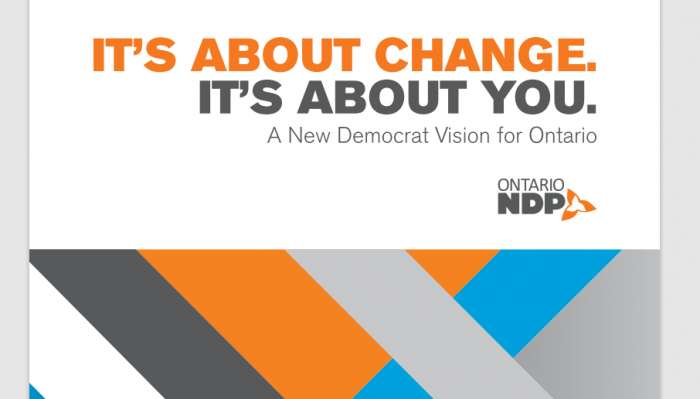
ndp.horwath.2018.sanctuary.ontario
We will work with professional associations and the federal government to streamline the process for foreign credential recognition so that highly-educated immigrants can find meaningful employment in their areas of expertise.
And we’ll take steps to make sure that rights and dignity are respected by calling on the federal government to stop using provincial jails to detain immigrants.
We will declare Ontario a Sanctuary Province.
In the 2018 Ontario election campaign, NDP leader Andrea Horwath took a lot of criticism for a proposal (see page 11) to make Ontario a sanctuary province. Much of that came from the “Conservative” party of Doug Ford. In reality though, Horwath was just proposing to expand what Ford was on record as having voting for.
Amnesty or sanctuary cities/provinces are horrible ideas, certainly. But Doug Ford really has no moral high ground to stand on here.
6. Businesses Support Cheap Labour Pool
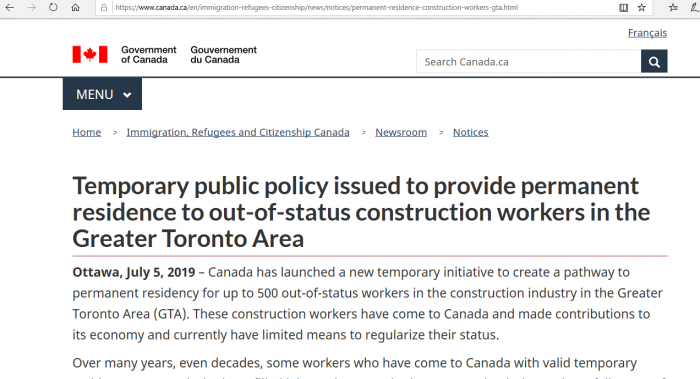

This pilot program was covered previously on this site. While it specifies 500 workers and their families (some 2,000 to 3,000 people total), don’t be naive and think that this will be a one time deal. Why do many businesses support the inflow of labour? Because it helps to drive wages down.
Now, certainly the cheap labour and strain on social services are large problems in a sanctuary city. However, there is something much darker, and more evil to worry about.
7. Smuggling/Trafficking & Open Borders Link
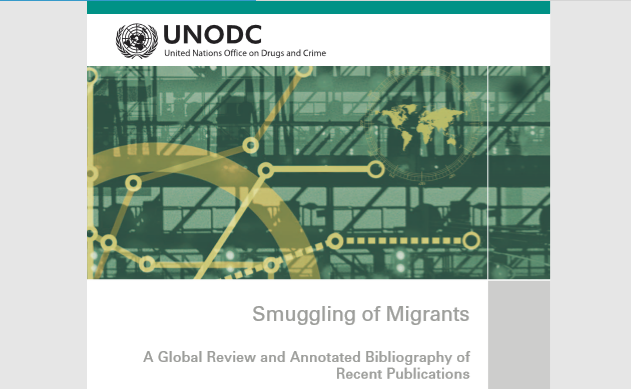

2.2 Conceptualization of smuggling of migrants
2.2.1 Smuggling as an illegal migration business
The conceptualization of smuggling as a migration business was formally developed by Salt and Stein in 1997, even if one may find reference to this theory in earlier literature. This new interpretation of the smuggling phenomenon had a great influence on academic circles, and the concept was then borrowed by many academics. In a critical analysis of this concept, Herman stresses that the focus of expert discussions then revolved around the notion of a migration industry and its professionalization, in which migrants are seen as “products” and “people who aid migrants are called ‘smugglers’, and are portrayed as illegal ‘entrepreneurs’”
Salt and Stein suggested treating international migration as a global business that has both legitimate and illegitimate sides. The migration business is conceived as a system of institutionalized networks with complex profit and loss accounts, including a set of institutions, agents and individuals each of which stands to make a commercial gain.
The model conceives trafficking and smuggling as an intermediary part of the global migration business facilitating movement of people between origin and destination countries. The model is divided into three stages: the mobilization and recruitment of migrants; their movement en route; and their insertion and integration into labour markets and host societies in destination countries. Salt and Stein conclude their theory by citing the need to look at immigration controls in a new way, placing sharper focus on the institutions and vested interests involved rather than on the migrants themselves.
This was addressed in Part 9 of the series. Even the United Nations recognizes the connection between illegal entry, and human smuggling & trafficking. While this 2011 study focused on borders, the same idea applies to sanctuary cities. After all, it will be a lot easier for illegals to get by if they can access social services without actually having to be in the country lawfully.
8. Toronto’s Human Trafficking Problem
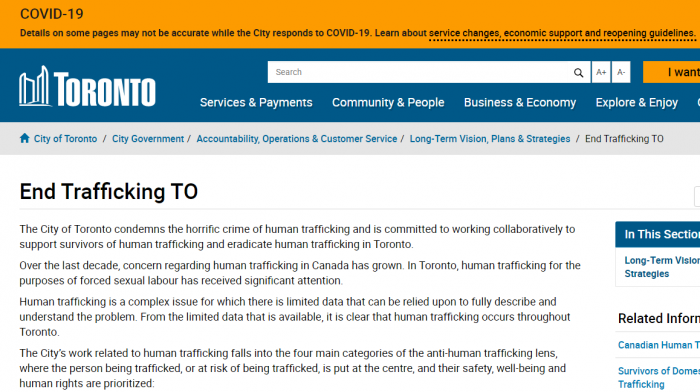
The City of Toronto condemns the horrific crime of human trafficking and is committed to working collaboratively to support survivors of human trafficking and eradicate human trafficking in Toronto.
Over the last decade, concern regarding human trafficking in Canada has grown. In Toronto, human trafficking for the purposes of forced sexual labour has received significant attention.
Human trafficking is a complex issue for which there is limited data that can be relied upon to fully describe and understand the problem. From the limited data that is available, it is clear that human trafficking occurs throughout Toronto.
The City’s work related to human trafficking falls into the four main categories of the anti-human trafficking lens, where the person being trafficked, or at risk of being trafficked, is put at the centre, and their safety, well-being and human rights are prioritized:
.
(1) identifying people being or at-risk of being trafficked
(2) supporting survivors of human trafficking
(3) preventing human trafficking
(4) avoiding increasing the vulnerability of people engaged in consensual sex work.
On June 18, 2019, Council adopted the report (EC5.4) that outlines a number of actions that the City proposes to take, in collaboration with other agencies, corporations and divisions to support survivors of human trafficking.
Certainly, human trafficking is awful. There is no excuse whatsoever for forcing or coercing someone, or for exploitation of people. This is even more true when minors are involved.
But what does any of this have to do with open borders, or with Toronto becoming a sanctuary city? Take a look at some of Toronto’s “measures to combat” trafficking, and it becomes more clear.
Service Access
The City has many services that may be useful to survivors of human trafficking. While some people may be fearful of accessing services because they do not have immigration status, the City’s Access to City Services for Undocumented Torontonians (Access T.O.) ensures access to services to all Torontonians, including those without full status or full status documents.
Yes, letting people into the country illegally, or establishing sanctuary cities are harmless, critics say. However, the City of Toronto is fully aware that trafficking happens to people who aren’t in the country legally. Whether entry comes from illegally entering, or overstaying a legal entry, the result is much the same. People are here — unknown to the Government — who are being exploited.
Did Doug and Rob Ford vote to support human trafficking? No they didn’t. However, by supporting Toronto becoming a “sanctuary city”, they helped ensure that illegals will continue to flood into Toronto, and that identifying people will become that much harder.
9. Toronto Knows Illegals Are Trafficked

toronto.human.trafficking.prevention
(page 9) Service access: The City has many services, as noted above, that may be useful to survivors of human trafficking. However, some people may be fearful of accessing services because they do not have immigration status. The City’s Access Toronto policy is relevant. In February 2013, City Council affirmed its commitment to ensuring access to services to all Torontonians, including those without full status or without full status documents.
(page 11) Access to income: Toronto Employment and Social Services has established several policies to support individuals who are vulnerable and at-risk of exploitation, including human trafficking survivors. For example, within eligibility for Ontario Works, procedures are in place that permit the waiver of documentation requirements on a short term basis when information is not readily available due to circumstances beyond a person’s control.
Individuals without immigration status in Canada can access Toronto Employment and Social Services Employment Centres, and apply for financial support through the Hardship Fund or Emergency Energy Fund that is administered by Toronto Employment and Social Services. Additionally, Toronto Employment and Social Services Service Delivery Guidelines ensure clients are connected to relevant support services and community resources.
The City of Toronto is fully aware that a portion of victims (though it’s not clear how many), are in the country illegally. Open borders, combined with sanctuary status, ensures that this will only get worse.
The Fords may not have explicitly voted for this, but it is the consequence. People involved in human trafficking — both as victims and perpetrators — are now able to live in a major city, and are completely unknown to authorities.
10. Toronto Pays Ethnic Anti-Trafficking NGOs
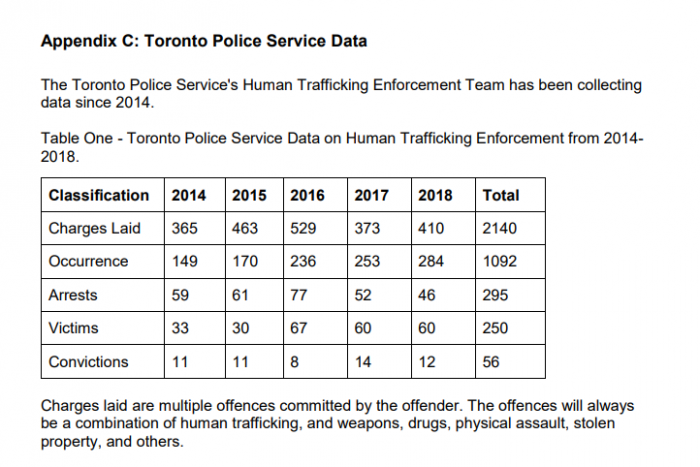
Not too many convictions since Toronto Police Services began keeping track in 2014. And considering recent calls to defund the police, how will this get any better?
toronto.human.trafficking.prevention
(Appendix F) In September 2017, the Ministry of Children, Community and Social Services, Government of Ontario, announced a total of approximately $18.6 million to 44 partners and agencies across the province for projects that aim to prevent human trafficking and support survivors. Grants for Toronto-based partners were allocated the total amount of $3.1 million and the funded period started in 2017.
- FCJ Refugee Centre: Identification, intervention and prevention of labour trafficking and exploitation among migrant workers ($369,289)
- South Asian Legal Clinic Ontario: Legal education for victims and survivors of human trafficking and front-line service providers in the areas of criminal law, immigration law and employment law, including e-learning tools that can be accessed throughout Ontario ($156,768)
- Butterfly (Asian and Migrant Sex Workers Support Network): Butterfly: Asian and Migrant Sex Workers Support Network is managing the Migrant Sex Workers Outreach and Education Project which provides outreach specifically to migrant sex workers across Toronto. Peer workers provide monthly harm reduction workshops at informal gatherings to reduce isolation and increase harm reduction knowledge amongst migrant sex workers. ($199,311)
- Native Family Child and Youth Services Toronto: Comprehensive culture-based outreach, prevention, healing, and treatment services for Indigenous survivor ($406,325)
- Native Women’s Resource Centre Toronto Facilitation of regional working groups to provide education, evidence-based interventions, holistic individualized supports and wraparound resources that empower survivors. This will include 12 community engagements ($678,641)
Human trafficking seems to be such a widespread problem that groups are choosing to help victims along ethnic lines. Again, how does making Toronto a sanctuary city cause it to be any safer?
11. Sanctuary Cities Shield Predators
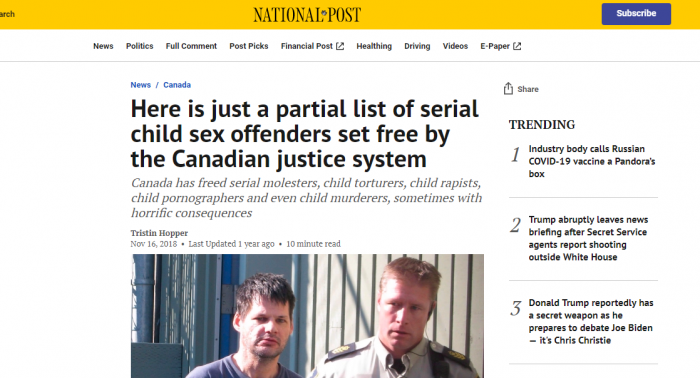

Although there is more data available in the United States on illegals being released, the same issue exists in Canada. Predators in Canada are already released after short sentences. If sanctuary cities exist, it becomes easier to disappear. Either the person can hide in such a city, or, if deported, can come back and hide fairly easily.
Think of it from this perspective: if city staff doesn’t care whether its residents are there legally, how seriously will it take the plight of people being exploited?
12. Porn/Prostitution & Trafficking Are Linked

toronto.human.trafficking.prevention
Distinctions between consensual sex work and human trafficking
A broad range of stakeholders are concerned about the conflation of consensual sex work and human trafficking. While consensual sex work may include some elements of exploitation, as many forms of work do, it is distinct from human trafficking in that the “worker” is not coerced. There is general agreement that anti-human trafficking measures should focus on people who are being coerced and controlled.
When consensual sex work is conflated with human trafficking, there is often increased surveillance of sex work and efforts to “rescue” sex workers. Avoiding conflating consensual sex work and human trafficking is important so that sex workers are not further surveilled, stigmatized, criminalized1, and forced underground, resulting in greater marginalization and isolation. The more socially and physically isolated sex workers are, the more vulnerable they are to violence and exploitation. Relatedly, providing access to services and resources that promote harm reduction to people engaged in consensual sex work both supports sex workers’ well-being and provides opportunities for sex workers to build relationships that may be useful if they choose to leave the sex industry and/or if they experience violence or exploitation.
The Toronto Anti-Trafficking Action Report tries to have it both ways. It repeatedly insists that consensual sex workers are not being exploited. Yet it also says that sex workers can be (and are) exploited to a degree. It seems almost schizophrenic in its reasoning.
13. John Tory Supports Sanctuary Toronto
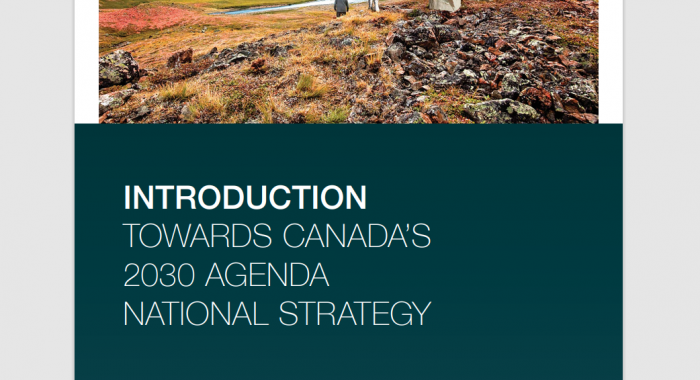
Toronto Mayor, and former Ontario Conservative Party leader, John Tory, also supports Toronto being a sanctuary city. To think this man almost became Ontario Premier in 2007. Then again, his successors are no better.
14. How Widespread Is Trafficking In Canada?
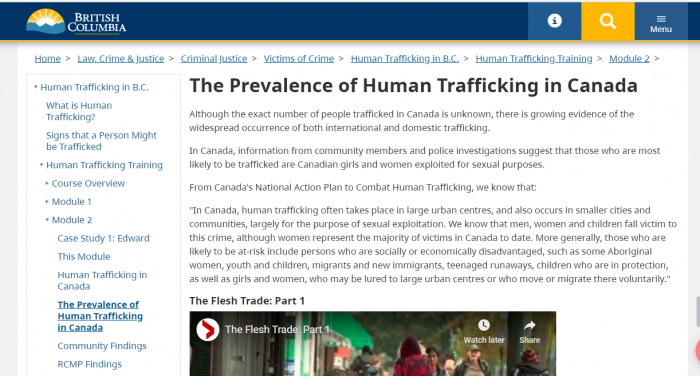


https://www.youtube.com/watch?time_continue=2&v=VtVAGiuXYsk&feature=emb_logo
Unfortunately, getting a real answer to this question is difficult, as there is little data available. However, the BC Government has some worthwhile information of a general nature. The RCMP does provide some numbers, and international trafficking is addressed.
15. Trudeau Reduced Penalties For Child Sex Crimes
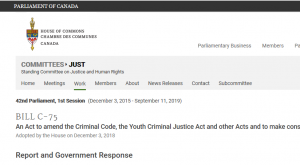
Worth mentioning is this and this earlier articles, the Trudeau Government actually reduced the penalties for child sex crimes. While everyone was outraged about the diluted sentences for terrorism, the break that it gave to pedophiles seemed to slip by. Also, the various parties work together to prevent real border security from taking place.
16. Sanctuary Cities Conceal Problems
While touted as a humanitarian gesture, sanctuary cities can have the exact opposite effect. Making it easier to conceal people illegally in the country ensures they are more likely to be exploited. After all, few know where they are, and officially they don’t exist.
It’s expected that liberal globalists will support sanctuary cities. The real disappointment, however, is so-called “conservatives” who go along with it anyway.


